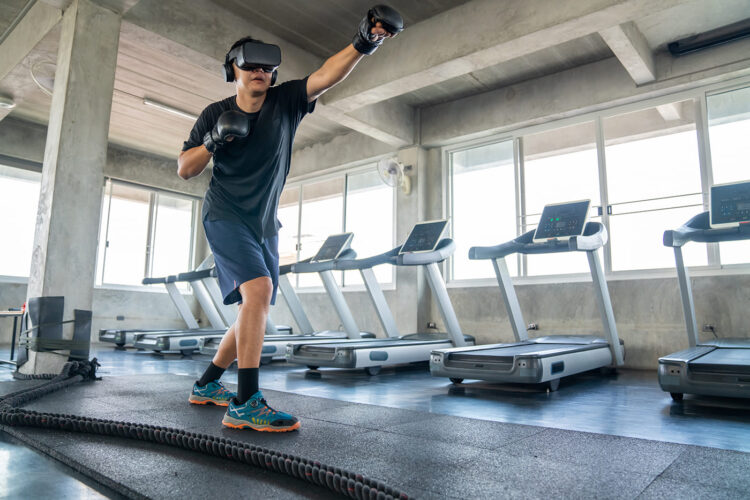Gym Class VR: Revolutionizing Physical Education
Virtual Reality (VR) technology has made significant strides in recent years, transforming various industries and enhancing our daily lives. One area where VR is making a profound impact is in the realm of physical education. Traditional gym classes often struggle to engage students and provide personalized experiences. However, with the advent of Gym Class VR, a new era of physical education is dawning. This article explores how Gym Class VR is revolutionizing the way students approach fitness, offering immersive and interactive experiences that promote physical activity and overall well-being.
-
Enhancing Engagement and Motivation
Traditional gym classes can sometimes be monotonous, leading to disengagement and lack of motivation among students. Gym Class VR addresses this issue by providing an immersive environment that captivates students’ attention and makes physical activity more enjoyable. By transporting students to virtual worlds where they can participate in exciting challenges and games, VR technology sparks their curiosity and encourages active participation.
Moreover, Gym Class VR offers a wide range of activities that cater to different interests and fitness levels. Whether it’s exploring ancient civilizations, playing virtual sports, or engaging in dance-offs, students have the freedom to choose activities that resonate with them. This personalization aspect not only boosts engagement but also helps students develop a lifelong love for physical activity.
-
Promoting Inclusivity and Accessibility
In traditional gym classes, students with varying abilities may face challenges or feel excluded due to their limitations. Gym Class VR eliminates these barriers by providing a safe and inclusive space for all students to participate equally. Through VR technology, students can modify the intensity or difficulty level of activities based on their individual needs, ensuring that everyone can actively engage in physical education.
Furthermore, Gym Class VR allows students to explore different environments and scenarios that may not be accessible in their physical surroundings. For instance, students with mobility impairments can experience hiking in the mountains or swimming in the ocean through virtual simulations. This not only promotes inclusivity but also broadens students’ horizons, fostering empathy and understanding among their peers.
-
Real-Time Feedback and Progress Tracking
One of the key advantages of Gym Class VR is its ability to provide real-time feedback and progress tracking. Traditional gym classes often lack personalized guidance, making it challenging for students to understand their strengths and areas for improvement. With VR technology, students receive instant feedback on their performance, allowing them to make adjustments and strive for better results.
Additionally, Gym Class VR tracks students’ progress over time, providing valuable data for teachers and parents. This data-driven approach enables educators to identify individual strengths, set realistic goals, and tailor physical education programs accordingly. By leveraging this information, teachers can create personalized fitness plans that cater to each student’s unique needs, fostering a more effective and impactful learning experience.
-
Overcoming Physical Limitations
In some cases, physical limitations or health conditions may restrict students from fully participating in traditional gym classes. Gym Class VR offers a solution by providing modified activities that accommodate these limitations while still promoting physical activity. For example, students with asthma can engage in low-intensity virtual exercises that improve cardiovascular health without triggering asthma attacks.
Moreover, Gym Class VR can be a valuable tool for rehabilitation purposes. Individuals recovering from injuries or surgeries can use VR technology to engage in therapeutic exercises under the guidance of healthcare professionals. This immersive approach not only accelerates the recovery process but also enhances motivation and adherence to rehabilitation programs.
Conclusion:
Gym Class VR represents a paradigm shift in physical education, offering a dynamic and engaging approach that caters to the diverse needs of students. By enhancing engagement, promoting inclusivity, providing real-time feedback, and overcoming physical limitations, VR technology is revolutionizing the way we approach fitness education. As this technology continues to evolve, the potential for Gym Class VR to transform physical education and promote lifelong healthy habits is truly promising.













Post Comment